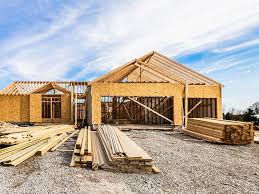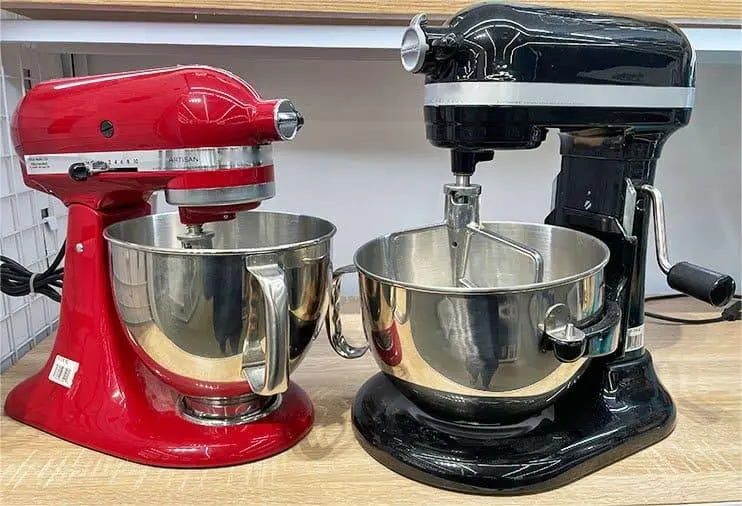
When building or renovating a home, choosing the right materials is key to ensuring longevity, safety, and value. The durability of the materials used impacts not only the lifespan of the structure but also the maintenance costs, energy efficiency, and overall aesthetic. Whether you’re constructing a new home or upgrading your current one, selecting materials that can withstand the test of time will pay off in the long run. Here’s a look at some of the toughest and most timeless materials for home construction.
1. Brick
Brick is one of the oldest and most reliable materials in home construction. It’s known for its durability, aesthetic appeal, and energy efficiency. Whether used for exterior walls or as an accent in interior spaces, brick offers timeless beauty and strength.
Benefits of Brick:
- Longevity: Brick can last for over 100 years with minimal maintenance.
- Fire Resistance: Brick is highly resistant to fire, making it an excellent choice for creating a fire-safe home.
- Energy Efficiency: Brick provides natural insulation, keeping your home cooler in the summer and warmer in the winter, helping to reduce heating and cooling costs.
2. Steel
Steel has become a highly sought-after material in modern home construction, particularly for structural components. Its strength, versatility, and resistance to various environmental challenges make it an ideal choice. From beams and frames to roofing systems, such as steel roof panels, steel is renowned for its outstanding durability and long-lasting performance.
Benefits of Steel:
- Strength and Resilience: Steel can withstand extreme weather conditions, including hurricanes and earthquakes, making it a top choice for areas prone to natural disasters.
- Low Maintenance: Steel structures require minimal upkeep, as they are resistant to termites, rot, and mold.
- Recyclability: Steel is 100% recyclable, making it an eco-friendly choice for sustainable construction.
3. Concrete
Concrete has long been a favorite in home construction due to its versatility, strength, and durability. Whether in the form of foundations, floors, or exterior walls, concrete offers long-lasting performance.
Benefits of Concrete:
- Durability: Concrete is highly durable and resistant to pests, rot, and weathering. A concrete home can last for several generations.
- Fireproof: Concrete is fire-resistant, providing an added layer of safety for your home.
- Energy Efficiency: Concrete walls and floors have excellent thermal mass, meaning they can store heat during the day and release it at night, contributing to a more energy-efficient home.
4. Stone
Stone has been a symbol of strength and elegance for centuries. It’s a classic material used in both traditional and contemporary designs. While more expensive than some alternatives, stone offers unparalleled durability and a distinctive aesthetic.
Benefits of Stone:
- Longevity: Like brick, stone structures can last for hundreds of years if properly maintained.
- Aesthetic Appeal: Stone offers a unique, natural look that can’t be replicated with other materials. Whether used for exterior facades or interior features like fireplaces, stone brings a timeless charm to any home.
- Energy Efficiency: Stone’s natural insulating properties help regulate temperature and reduce energy consumption.
5. Wood (Engineered Lumber)
While natural wood is beautiful, it’s often not as durable as some other materials. However, engineered lumber, such as plywood, OSB (oriented strand board), and LVL (laminated veneer lumber), offers the strength and durability of wood while addressing some of its weaknesses.
Benefits of Engineered Lumber:
- Strength: Engineered wood products are designed to be stronger and more resistant to warping and cracking than traditional wood.
- Sustainability: Many engineered lumber products are made from sustainable materials and have a lower environmental impact than solid wood.
- Cost-Effective: Engineered lumber is often more affordable than solid wood while still providing the same aesthetic and structural benefits.
6. Fiberglass
Fiberglass is increasingly used in both exterior and interior home applications due to its durability, low maintenance, and energy efficiency. It’s often used for windows, doors, and insulation.
Benefits of Fiberglass:
- Weather Resistance: Fiberglass is highly resistant to extreme temperatures, humidity, and pests.
- Low Maintenance: Unlike wood or vinyl, fiberglass does not require frequent painting or sealing. It’s also resistant to rot and warping.
- Energy Efficiency: Fiberglass insulation has excellent thermal resistance, helping to keep homes energy-efficient.
7. Vinyl
Vinyl, particularly in the form of siding, is a popular choice for homeowners looking for low-maintenance and durable exteriors. It’s an affordable option that offers a wide range of colors and styles.
Benefits of Vinyl:
- Low Maintenance: Vinyl doesn’t require painting or sealing, making it ideal for homeowners who want durability without the upkeep.
- Weather Resistance: Vinyl siding is highly resistant to weathering, cracking, and fading, even in harsh climates.
- Affordable: Compared to brick, stone, and wood, vinyl is an affordable and durable option for cladding your home.
8. Clay Tiles
Clay tiles, often used for roofing, are known for their durability and aesthetic appeal. These tiles are typically used in Mediterranean, Spanish, and Southwestern-style homes but can be adapted to various architectural designs.
Benefits of Clay Tiles:
- Longevity: Clay tiles can last for decades, often over 50 years, and require very little maintenance.
- Heat Resistance: Clay tiles are excellent at reflecting heat, helping to keep the home cooler in warm climates.
- Curb Appeal: Clay tiles add a distinct, elegant touch to the exterior of a home and can increase curb appeal and resale value.
In Conclusion
When it comes to building or renovating your home, durability should be a top consideration. Investing in tough and timeless materials like brick, steel, concrete, stone, and engineered wood can save you money in the long run by reducing maintenance costs and increasing the lifespan of your home. While it might require a higher upfront investment, these materials provide lasting value and contribute to a home that stands the test of time, both in terms of function and beauty.






